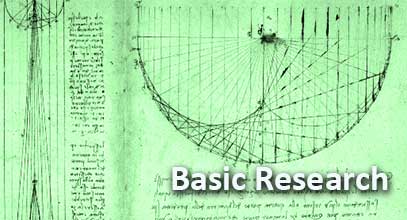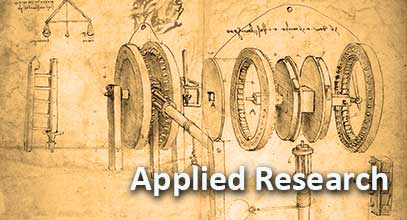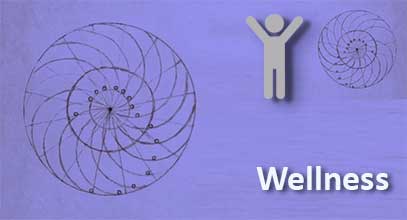Home
21 November 2025
Operational Architectonics (OA) theory of brain–mind functioning, developed by BM-Science researchers, has been recognized as one of the most mature and influential theories of consciousness in the award-winning project “The Actor Framework for Artificial Consciousness with an Illustrative Application to Field Theories.”
19 November 2025
BM-Science is proud to announce its researchers contribution to the newly published volume Hypnosis Part A in the prestigious International Review of Neurobiology book series.
- Brain-Mind Operational Architectonics Theory is included in the resource "Closer To Truth: Theories of Consciousness"
- Reflections from “Echoes of the Self” - new article is published
- The new article on three components of Selfhood in neuropsychopathology is published
- The work of BM-Science researchers was included in the new MDPI Book



